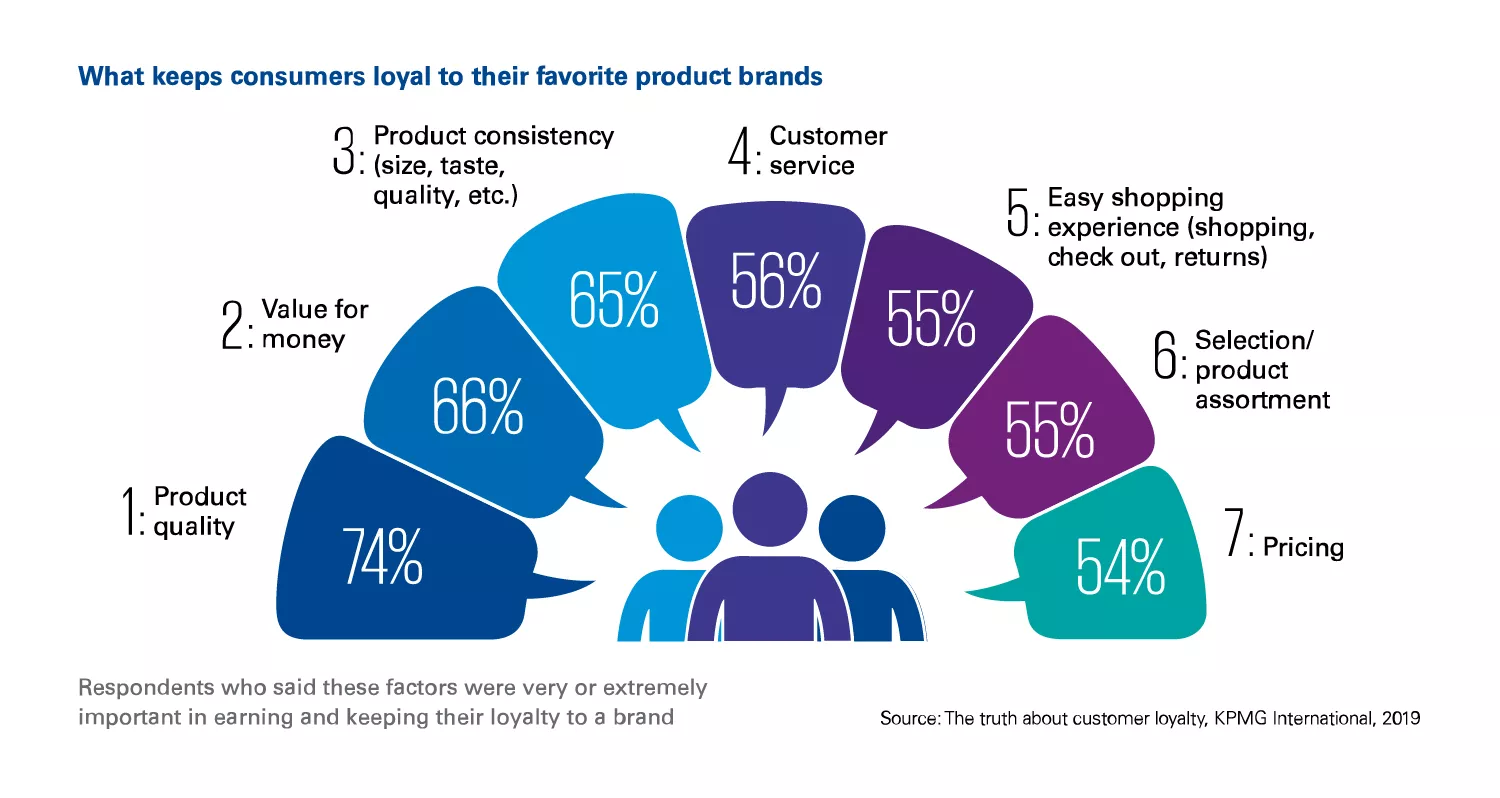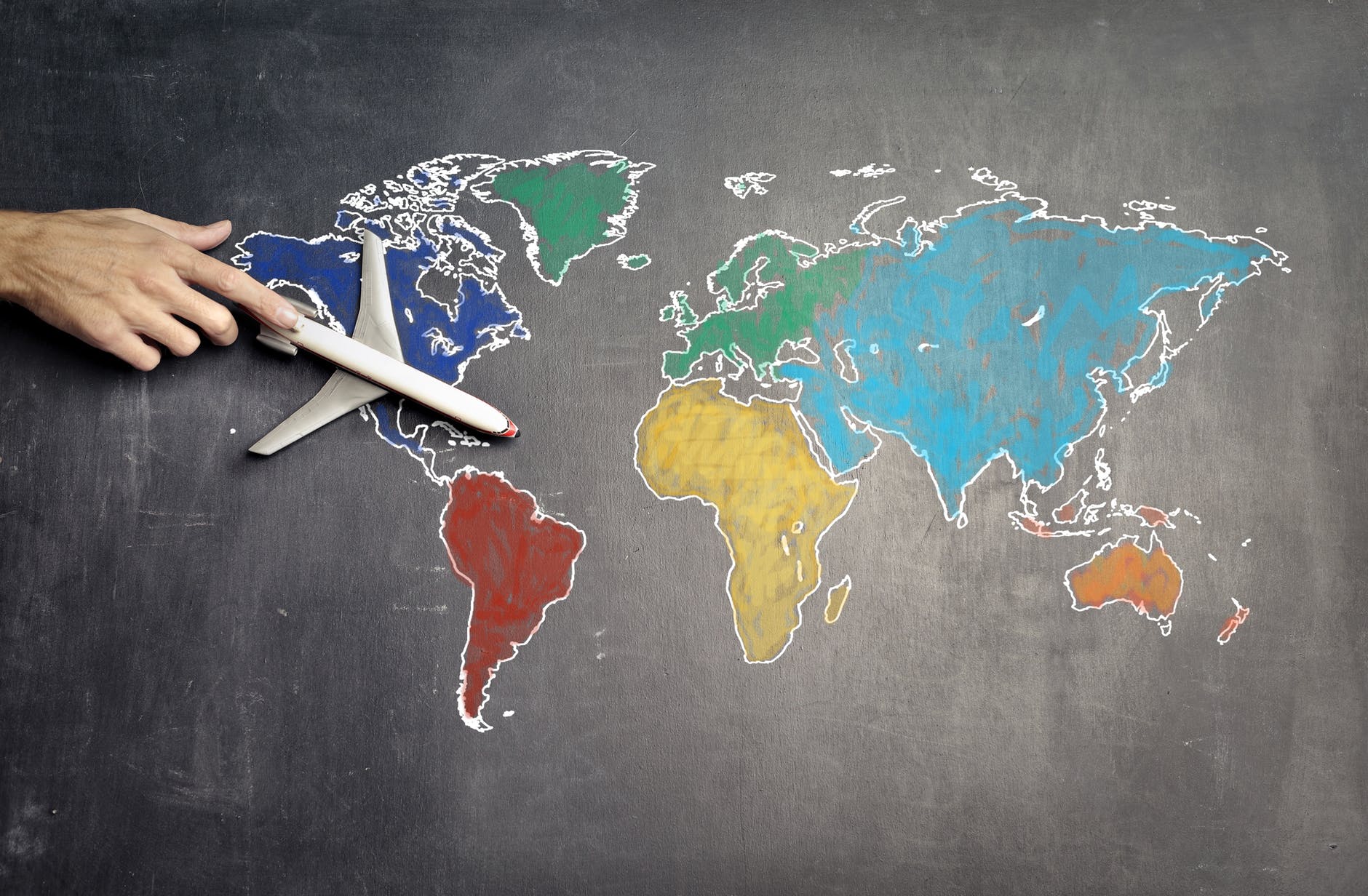
Loyalty as an aspect of your business is huge, and it’s growing. The global loyalty management market stood at $2.47 billion in 2019 and is projected to reach $10.02 billion by 2027, with a compound annual growth rate of 19.9% during the forecast period.
It’s an established maxim that attracting a new customer can cost five times more than retaining an existing customer.
So, how do you go about enhancing loyalty and reaping the economic benefit of ongoing customer commitment?
Well, a great way is to use a technique specially developed for the task. Loyalty programs are everywhere but vary hugely in character and purpose. Also, they can vary in quality – 75% of all consumers say they would switch brands for a better loyalty program, so you need to pick the one that works for your customers.
The fuel of loyalty programs is data. Quite often you will already be able to access customer data insights but you’re probably not using them in the best way. Sometimes you will not actually be in a position to access this data at all. In this case, you need to think about data collection tools that utilize different neural network types. Regardless, data is key, and we’ll see how you can best collect and utilize it to your full advantage.
How Do Customers Define Loyalty?
Lots of things affect how a customer feels about a brand, hence it will seriously impact customer loyalty. Perhaps unsurprisingly, product quality reigns supreme.

With the right product, customer loyalty would be all but guaranteed, right? Well, not really.
The scale of the challenge facing brands and retailers is underlined by a recent Nielsen survey, which found that only 8% of the world’s consumers describe themselves as “brand loyalists”.
Always know your territory though. Different nationalities tend to attach different values to personalized offers, for instance. Italians are among the keenest recipients with a 20% positivity response, with France, Belgium, and Spain following close behind.

German respondents however were among the most indifferent, and report that they are often put off joining loyalty programs by the notion of behavior tracking. This concern regarding data privacy is also shared by a number of other nationalities, including China, Canada, and the UK.
Know your age groups too. To take Millennials as an example – it’s very easy to lapse into behavior generalizations. For instance, it’s true that this category, like so many others, is influenced hugely by SEO considerations, so the ROI of search engine optimization is never to be overlooked.
But an emarketer.com survey threw up some very interesting nuggets regarding their behavior when it comes to loyalty schemes.
For instance, 60% of Millennials say they prefer to donate their loyalty rewards to good causes. This contrasts with only 40% of Baby Boomers.
One in seven Millennials does not belong to a loyalty program. Of those that do, 81% report that belonging to a program increases their spending with that company, in contrast to Baby Boomers at 66%.
It also transpires that Millennials and Generation Z customers place huge value on sustainability and innovation. Perhaps to be expected, these groups are more likely to be swayed by social media and influencers.
All these valuable data snippets can be turned to the loyalty program manager’s advantage. Here’s how.
Make Them Feel Valued
Existing customers can feel downgraded by a sense that all the significant promotional activity is directed at attracting new customers. So, it’s massively important to keep an eye on your existing customer base. Think about how you might reward them just for sticking around.
Give Them Control
Make it easy for the customer to amass whatever it is your scheme affords them. Globally, more than six out of ten consumers agree that loyalty schemes are too hard to join and/or earning rewards is too difficult.
Don’t forget reliability. There’s nothing more irritating when a program doesn’t work because of software issues. Keep testing your system or you’ll end up testing your customers.
Additionally, adding content that fosters self-service is also advisable. This includes building a knowledge base or creating customer support videos to help customers search for solutions to their queries.
Reward Them for Their Loyalty
This, after all, is the essence of a good loyalty program. Hand in hand with this is the promptness of accumulation of reward and clear communication to the customer of what it is that they are earning.
5 Ways to Use Your Customer Data to Inspire Loyalty
Customer data insights can come from a mixture of sources and a good model risk management framework, whether specifically iterated by the customer or gleaned through observation. An example of the former that continues to give great insights is the use of questionnaires. We’ve nailed down the top five ways to truly inspire loyalty from data insights. Let’s take a look.
1. Focus on Stability and Retention

Change can often unsettle. So you need to offer stability. However, don’t give up on innovation.
In an era of energetically competing loyalty schemes, consider, for instance, the utility of a premium loyalty program to your organization.
2. Offer Targeted Product Recommendations
Analyze consumer data like demographics, lifestyle, category of product, frequency of purchase, and value. That’s the macro-level. Don’t forget other levels though – combine data from a rich variety of sources or you could end up irritating customers with pointers to irrelevant items. They might, after all, have bought something as a one-off. It might not even have been for them in the first place.
You can use data from all sorts of areas. You can even use a BYOC phone system to collect information on call frequencies, times, and the nature of the call.
Finally, when a customer is considering a product, think about methods of recommendation that might be a little less targeted but no less effective. For example, you can remind them that this product is a hit with other customers, so as to introduce majority-affirmation confidence. This is also an awesome example of website personalization.
3. Execute Perfectly-Timed Promotions
By paying attention to data such as what time of day or what day of the week or what season of the year promotional codes tend to be redeemed, you can institute a promotional strategy around targeting the consumer when they are at their most receptive.
Loyalty programs can trigger an SMS to customers when they cross a store threshold, which is about as well-timed as it’s possible to be. It’s like the perfect lead generation tool.
Also, keep an eye on those consumers who have neglected to use their loyalty program currency. If they’ve amassed a huge reserve of points it could be that they have forgotten about the rewards. By providing them with a well-timed reminder of how they can benefit and what they need to do, your organization’s profile will benefit enormously.
It might be the case that the customer has decided that the benefits just aren’t necessary to their lifestyle at the moment. In which case, why not offer them an easy way to donate their points to a good cause? This way, everybody wins.
4. Gift Personalized Rewards
A greater emphasis on personalization is commonly held to be the future of loyalty programs.

One way of finding out what rewards your customers want is to simply ask them. For this, you can offer a toll free number they can use to reach you. Then offer these rewards as incentives for future purchasing. This way, you’ll give the customer exactly what they’re looking for, and that’s always pretty special.
This is a great example of generating data for a specific purpose – the data will thus be entirely relevant to your needs.
We briefly touched on a growing concern regarding data privacy. This is an area where your organization can score points by showing how seriously you take the subject. Think about how you can comprehensively cover the topic on your website with good use of internal linking.
5. Analyze Customer Loyalty
Data and process automation are the watchwords. AI and machine learning can be brought on board to assist with predicting customers’ behavior. Based on their multi-channel interactions with your brand, you can use AI and machine learning to determine what that person might want to purchase next. And you can use data from customers to predict what another particular customer, perhaps from a similar demographic, will do.
Ensure to utilize customer experience data insights from all channels. Lots of analysts use what is known as data warehouses like Apache Hive architecture to use real-time analytics to create customer profiles that work across all channels, from in-store to mobile app to online.
While we’re on the topic of multi-channel engagement, never forget to test the success of different means of communication with your customers. For instance, test out the effectiveness of different website approaches with A/B and multi-variate testing.
A great deal of this is all about building a more successful conversational commerce strategy. This is one of the key areas to enhancing loyalty.
Your Customers Will Love You for This

During the pandemic, loyalty has become of greater importance than ever before. This is mainly because of the huge boost to the online retail sector and the ground to be gained in retaining your customer base.
Never forget that true loyalty is about emotional connection. This is where communication and the promotion of the loyalty program are paramount. In your promotional content, don’t forget to stay consistent with the brand that the customer loves. Perhaps even use a content marketing service to really nail your content strategy.
Stay in touch with what people love about your brand with the use of brand awareness surveys. Use the right brand ambassadors and influencers to reach out as far as you can.
During all of these procedures, retain consistency. Sudden shifts across channels or across time can make your customers uncomfortable – and nothing discourages loyalty like discomfort. By creating a harmonious, comfortable environment through your loyalty programs, you’ll not only see a more loyal customer base, but you’ll also see a happier one.



